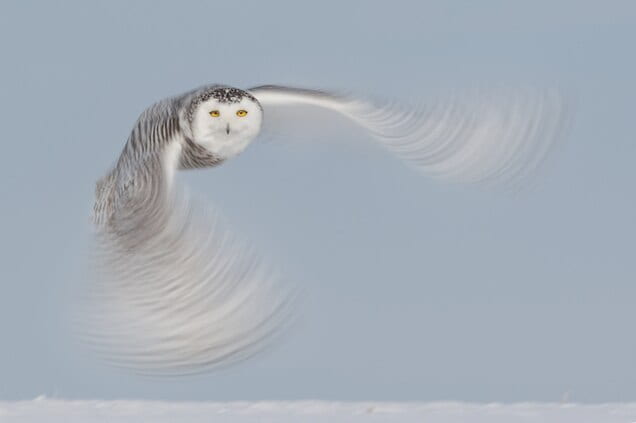Action & Motion
Action Sharp:
Freezing action may be very difficult, especially when such motion involves sports. However, this article has provided various tips to truly capture the perfect moment. The most important rule to catching an object in motion is applying a fast shutter speed. This rule differs among how fast your object is moving and is never the same for all situations. Another significant factor is depth of field, which can be influenced depending on how big or small the aperture is. With an audience, it’s easy for sport’s pictures to get too busy or chaotic, so narrowing the depth of field prevents viewers from losing the subject. Next, it is extremely important to understand the area you are photographing in. Finding angles which capture good exposure, or those which are “popular” spots for the subjects ensure greater results. Lastly, trying your best and focusing your attention on all potential opportunities will pay off. Avoid reviewing your picture while the subject is still in motion, as you may lose a great chance. Whether you may be a beginner or a professional photographer, capturing motion is never an easy task. With practice and experimenting, though, your skills will definitely improve.
Motion Blur:
Unlike freezing a subject in action, motion blur requires a slower shutter speed. Again, depending on the speed of the subject, the shutter speed may quicken or grow slower. However, photographers must remember that slower shutter speeds invite more light into the lens. This may result in an overexposed subject, which is a consequence photographers tend to avoid. In order to prevent this situation from occurring, photographers apply four tips. The first tip is to wait for the natural light to dim, which may prove as an inconvenience to those who are impatient. The second tip is to narrow down the aperture, as doing so limits the amount of light entering the lens. Changing the aperture, however, affects the depth of field, which may or may not be in favor of preference. The third tip is to decrease the ISO, as the camera’s sensitivity to light drops. The final tip is to use a natural density filter, which serves as “sunglasses” for camera lens’s, overall changing the exposure of a picture. In conclusion, although it may seem complicated, capturing motion blur is a talent anyone can master with practice.

TV, f/14, 1/1000 SS, 400 ISO, 44mm

TV, f/14, 1/1000 SS, 400 ISO, 55mm

TV, f/14, 1/8 SS, 400 ISO, 28mm

TV, f/11, 0.3 SS, 400 ISO, 28mm

f/2, 1/1250 SS, 100 mm

f/16, 1/8 SS, 300 mm
